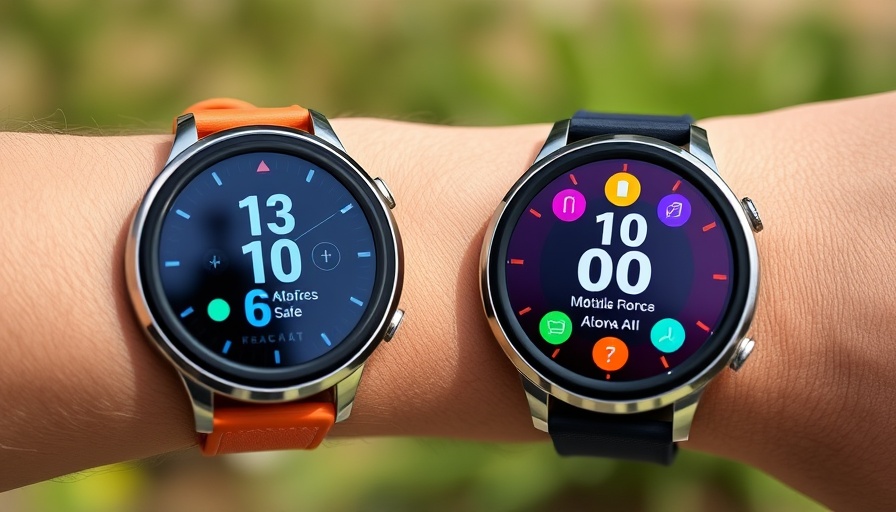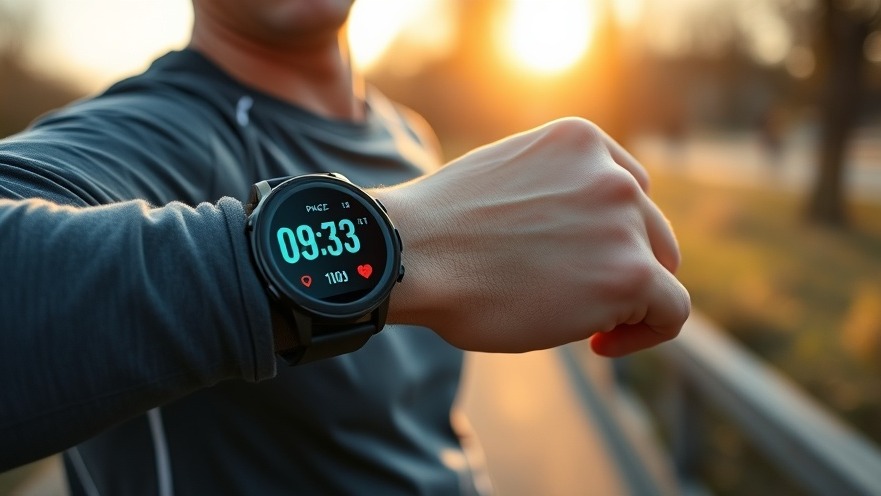
Understanding the Key Differences Between Garmin Forerunner Models
In the constantly evolving world of wearable technology, users often find themselves contemplating which device best suits their needs. The Garmin Forerunner 570 and 265 are two popular choices among fitness enthusiasts, particularly runners. But what sets these two models apart? Our comparison dives into their features, performance capabilities, and what users should consider when upgrading.
A Closer Look at Features
The Garmin Forerunner 570 is known for its robust set of features designed for serious runners. It includes advanced metrics such as VO2 max, training status, and even a recovery advisor that helps track your exertion levels. In contrast, the Forerunner 265 offers a more streamlined experience, perfect for users who want essential running metrics without the complexity. Though it lacks some advanced options, it still provides an impressive suite of features, including GPS tracking and heart rate monitoring, making it suitable for casual runners.
Performance and User Experience
User experience is central to the appeal of the Garmin Forerunner series. The Forerunner 570 excels in performance with its highly responsive interface and quick access to metrics, making it favorable for users who train regularly. Meanwhile, the Forerunner 265 prioritizes usability, appealing particularly to beginners due to its simpler navigation and clear display. Both models have received positive feedback for their accurate heart rate monitors, but users have noted that the 570 tends to offer slightly better battery life under heavy use.
The Importance of Knowing Your Needs
Choosing between the Forerunner 570 and 265 boils down to understanding your specific needs. If you are a dedicated runner seeking in-depth analysis and metrics to improve performance, the 570 will be more beneficial. However, if you're just starting your running journey and prefer a more straightforward setup, the 265 could be ideal. Assessing your routine and fitness goals will aid in making the best choice.
Bringing It All Together
As both models continue to gain popularity within their respective demographics, prospective buyers should take advantage of testing the devices where possible. Many retailers offer in-store demonstrations, giving users the opportunity to experience the functionality firsthand. This step can significantly influence your final decision, helping you find the model that truly feels right.
Ultimately, whether you opt for the Forerunner 570 or the 265, both devices signify Garmin's commitment to quality and innovation in fitness tech. Each offers distinct advantages that cater to a range of users, making them leading choices in the marketplace.
 Add Row
Add Row  Add
Add 




Write A Comment